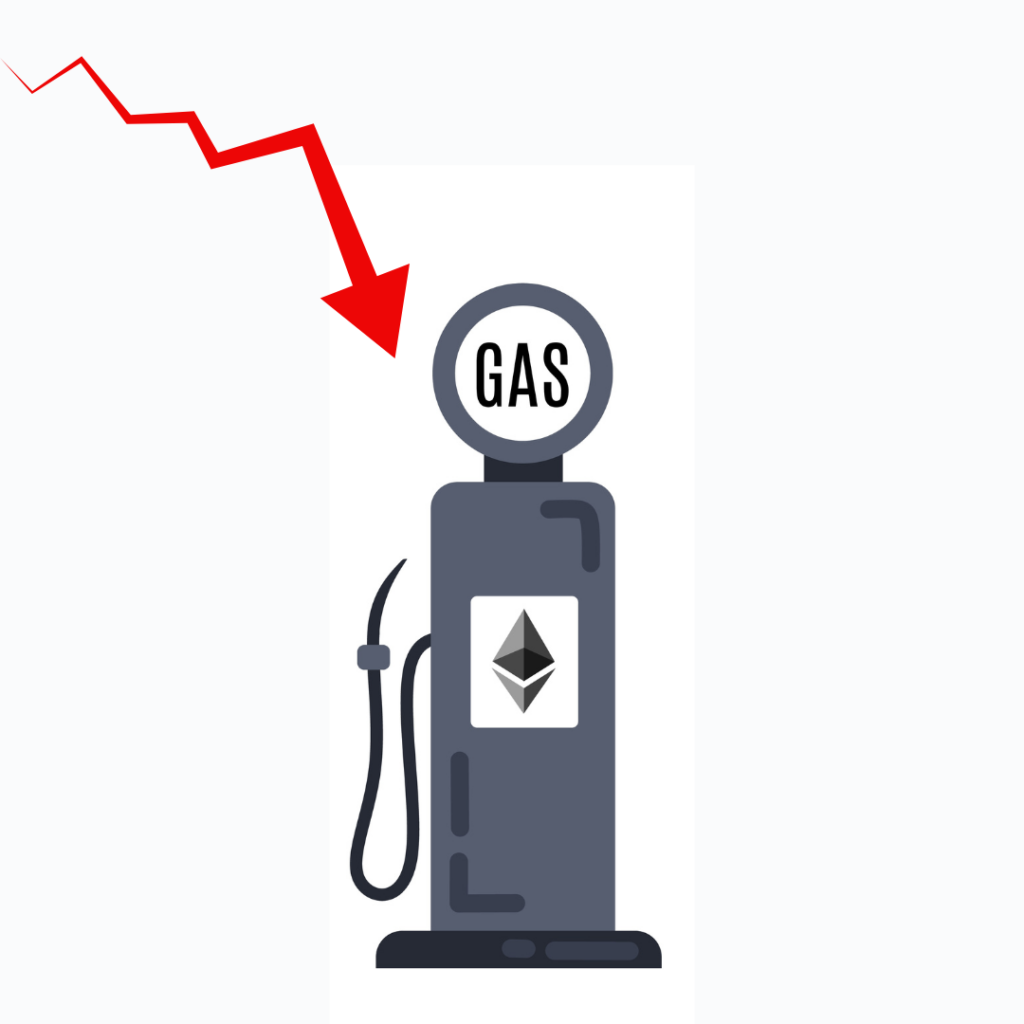Ethereum Shanghai Upgrade: An In-depth Look
The Ethereum Shanghai Upgrade, also known as Shapella, includes the implementation of EIP-4895, the most notable development among EIP-3651, EIP-3855 and EIP-3860, allowing stakers and validators to withdraw their staked Ethereum, which was previously locked indefinitely.
While the Shapella upgrade is relatively smaller compared to the Ethereum Merge, its impact may prove to be far more significant than any of Ethereum’s previous upgrades, affecting prices, gas fees, and total value locked (TVL) of staked Ethereum, along with potential tax implications for stakers.
What is the Ethereum Shanghai Upgrade?
The Ethereum community is buzzing after the highly anticipated Shanghai Upgrade was successfully executed on April 12, 2023. Accompanied by a smaller Capella upgrade, many are referring to them as the Shapella upgrade.
The most significant aspect of the Shapella upgrade is EIP-4895, which allows stakers and validators to withdraw their staked Ethereum. To understand the significance of this development, we must dive a little deeper into the history of Ethereum staking.
Since the launch of Ethereum’s beacon chain, a PoS blockchain that later merged with Ethereum’s mainnet in September 2022, over 18 million Ethereum tokens were staked in the network. While validators could stake and earn interest on their staked Ethereum, they could not unstake their Ethereum coins due to an indefinite locking period.
However, the Shapella upgrade changes all of that. Validators who previously staked 32 ETH or more, the minimum required to become a validator in the network, can now withdraw their staked Ethereum and continue to do so in the future.
In addition to EIP-4895, the Shapella upgrade includes several other smaller developments, including EIP-3651, EIP-3855 and EIP-3860. More on them later.
The Impact of the Ethereum Shanghai Upgrade
Increased Staking
The Ethereum Shanghai upgrade has had a significant impact on staking.
Previously, becoming a validator in the network required staking a minimum of 32 ETH, which at the time of the merge was worth around $45,000. The high cost of entry made it difficult for average investors to justify tying up such a large sum of money for an indefinite period.
However, with the new upgrade, stakers can now withdraw their staked ETH and rewards, making it a more attractive investment option.
According to Coinbase’s reporting, a record 571,950 ETH tokens worth over $1 billion were deposited in Ethereum’s staking contract in the week following the upgrade.

However, the influx of new stakers is not only limited to retail investors, as institutional investment firms like Bitcoin Suisse, Figment, Kiln, Staked.us, and Stakefish have also staked a significant amount of ETH. According to 21Shares’ Dune dashboard, these firms have staked 235,330 ETH of the total staked amount.
Despite initial concerns about a potential selling pressure, the network has seen more new deposits than withdrawals. It’s good news for investors who were concerned before about the short-term impact of the upgrade. More on this later.
Lower Gas Fees
Other than the primary EIP-4895, the Shapella upgrade adds three more protocols –
- EIP-3651 proposes gas fees reduction for accessing COINBASE (not the exchange) addresses, which has become more expensive due to its initial cold status under the access list framework introduced in EIP-2929.
- EIP-3860 sets a limit on the size of the initcode and makes sure it’s charged fairly according to its length, simplifying the EVM engines by introducing explicit limits and a cost system that can be expanded in the future.
- EIP-3855 aims to reduce gas fees generally for developers by solving the issue of needing offsets as input, which are often zero. To solve this issue, the proposal introduces the PUSH0 instruction, which pushes the value 0 onto the stack.

That is a lot of technical jargon. Roughly speaking, all three protocols aim to make Ethereum transactions more efficient and cheaper, making DeFi applications based on Ethereum’s blockchain more accessible to users. Hence, greater adoption.
Ethereum Prices
Prior to the upgrade, some experts had pointed out that it could potentially lead to an overflow of withdrawals, increasing liquidity in the market and creating short-term selling pressure. This led to concerns among some investors, fearing that Ethereum prices might experience a temporary dip.

Fortunately, these fears didn’t materialize. Following the upgrade, Ethereum prices hit $2120 on April 16, an all-time high this year. At the time of writing, Ethereum is trading at $1805. It’s safe to say that the Shanghai upgrade turned out to be a net positive for the Ethereum market.
One of the reasons for this is the increased amount of deposits into the staking contract compared to withdrawals, balancing the liquidity overflow issues. Through the first eight days after the upgrade, investors withdrew around 900,000 ETH in staking rewards, while staking deposits totaled some 667,000 tokens, six times more than the amount deposited before the upgrade.
Additionally, Ethereum’s staking protocol has a withdrawal queue that prevents stakers from pulling all their staked ETH at once and distributing it over weeks and months, thereby preventing an imbalance of demand and supply in the market.
Overall, the Shanghai upgrade didn’t have the negative impact on Ethereum prices that some experts predicted. Instead, it has led to an overall increase in the market’s confidence in Ethereum.
Taxes on Ethereum Shanghai Upgrade
While most articles on the internet focuses on the upgrade’s impact on Ethereum’s prices, growth, and adoption, it’s essential to recognize its potential tax implications as well.
Mainly, there are two scenarios where you might get taxed – staking rewards taxes and hard-forked ETH taxes.
Withdrawing staked ETH: There are still disputes and ambiguity around staking rewards and their tax treatment due to a lack of clear guidelines by tax authorities like the IRS.
However, based on the existing tax framework for crypto mining rewards in most countries, including the US, the safer approach is to report staking rewards as taxable income and pay income tax rates on their fair market value at the time of receipt.
For a more comprehensive understanding of how and why staking taxes work the way they do, we recommend reading our detailed guide on crypto staking taxes.
Receiving hard-forked ETH: Since the Shanghai upgrade is a hard fork, there is a possibility that you might receive hard-forked ETH tokens in your wallet. In a hard fork, a network splits into two different chains. As a result, you receive new coins in your wallet.
The tax implications of receiving hard-forked cryptocurrencies vary depending on the country. In some countries like the UK, Brazil, Denmark, Sweden and more, receiving hard-forked ETH is tax-free. However, in countries like the US, Japan, Spain, India and more, it’s treated as taxable income and taxed as per income tax rates.
If you’re unsure about your specific tax situation and how to report your crypto earnings, we suggest you check out our tax guides for different countries. You can also consult a crypto tax professional who can help you navigate through the intricacies and complexities of crypto taxes.
Future of Ethereum After the Shapella Upgrade
The Shapella upgrade is a significant milestone in the evolution of Ethereum.
Last year, the Ethereum Merge solved one of the most pressing problems of Ethereum and cryptocurrencies – energy consumption. By reducing energy consumption by 99.9%, the merge made Ethereum more sustainable and environmentally friendly.
Overall, we can expect a rise in Ethereum’s popularity and greater adoption of DeFi applications based on its blockchain, which is already the backbone of many DeFi protocols. The Shapella upgrade will further cement its position as the leading smart contract platform, opening up new use cases and innovation.
The current roadmap of Ethereum focuses on cheaper transactions, additional security, better user experience, and future-proofing. With these goals in mind, Ethereum is on track to becoming the most secure and functional cryptocurrency.
Ultimately, Ethereum is the only viable candidate that can possibly surpass Bitcoin. However, Ethereum still has a long way to go before catching up to Bitcoin’s dominance.